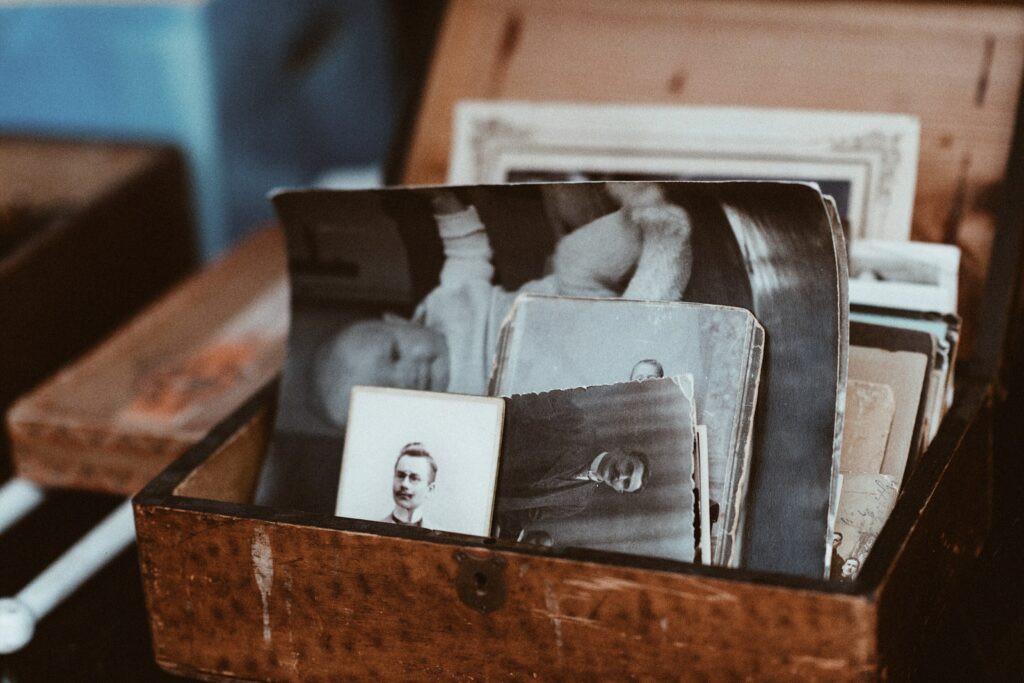
Putting a long string on the wall with a few sheets of paper posted at random spots with dates on them can bring new understanding. Announce to the group that the dates can move and can be added. And for each of them to add their experiences, their knowledge to the timeline.
History is often told from the viewpoint of the dominant voice, power or victor. But that is not the only view or the correct view. And history leaves out vast quantities of details. It has to. However, what is left out can be as important as what is kept. There are always multiple perspectives. This why accounts like ‘Bury my Heart at Wounded Knee‘ are so important.
But historians also help us piece together threads and puzzles bringing clarity and understanding of why things have come to be. They help us ‘see’ things we didn’t before. Often they piece together different strands, small ones and big ones, into the world we know today. ‘Jesus and John Wayne‘ helps do this with one aspect of United States history, which itself has repercussions for global trends.
And while most of us don’t work on projects of the scale of the above two, our own projects and organisations have their own history. And are part of a bigger context. Aid and development are part of bigger stories – colonialism, patriarchy, liberalism vs communism, digital corporate competitions, the pure desire to help someone less fortunate than I, and so on.
The timeline on the wall for a project can help us ‘see’ things that others do. Sometimes it illuminates logic in what seems illogical decisions. It also helps us realise that what we know now, we didn’t know when we made various choices along the way. When done well, project timelines also ask about the context of the project and the cultural, contextual influences and beliefs that underpin our operations.
But timelines are not about being stuck in the past. It is about asking ‘With what we know now, what is our next step?’ And yes, this is the same question we always ask.
Photo by Roman Kraft

0 Comments